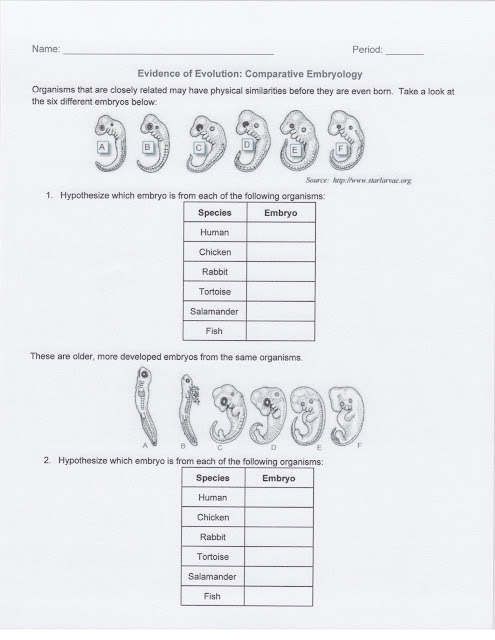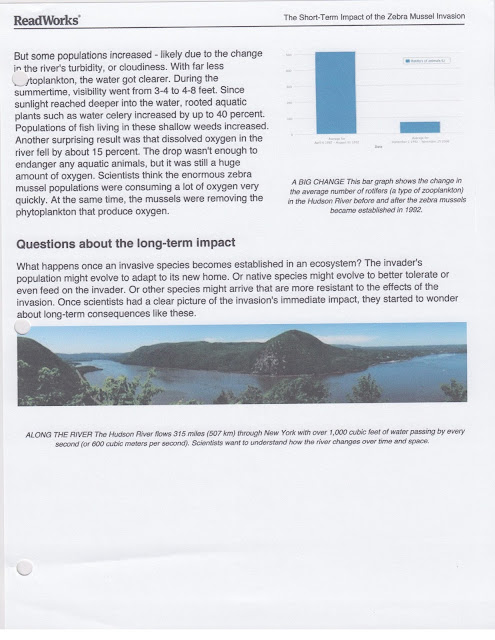ESSENTIAL QUESTION: How do scientists think life began and continues to change on earth?
LEARNING TARGET: Identify condition that allowed life to form on Earth.
BENCHMARKS: SC.912.L.15.8; SC.912.L.15.1
LEARNING OBJECTIVES: Students will be able to:
-Evaluate the multiple bodies of evidence that support the scientific theory of evolution.
-Make observations and record data from GBE.
-Make up Topic Assessment 1/Pre-Test
BELL RINGER - Complete notes on Theories of How Life Began
VOCABULARY: biogenesis, abiogenesis, spontaneous generation, endosymbiotic theory, prokaryote, organelle, chloroplast, mitochondria, eukaryote, organic molecule, amino acid, protein, biogeography, comparative anatomy, comparative embryology, homologous structures, analogous structure, vestigial structure, molecular biology, hominid, fossil, evolution
HOME LEARNING: Notebook update
AGENDA
WHOLE GROUP
Students used the article to complete their notes on the theories of how life began on earth. We used accountable talk to review these theories.
Students then made their final Growing Beyond Earth measurements.
Students who needed to make up the first topic assessment did so.
We watched the NOVA video Common Path, Different Paths and discussed the questions using accountable talk. You can watch the video below.
WE then completed the handout below.
















